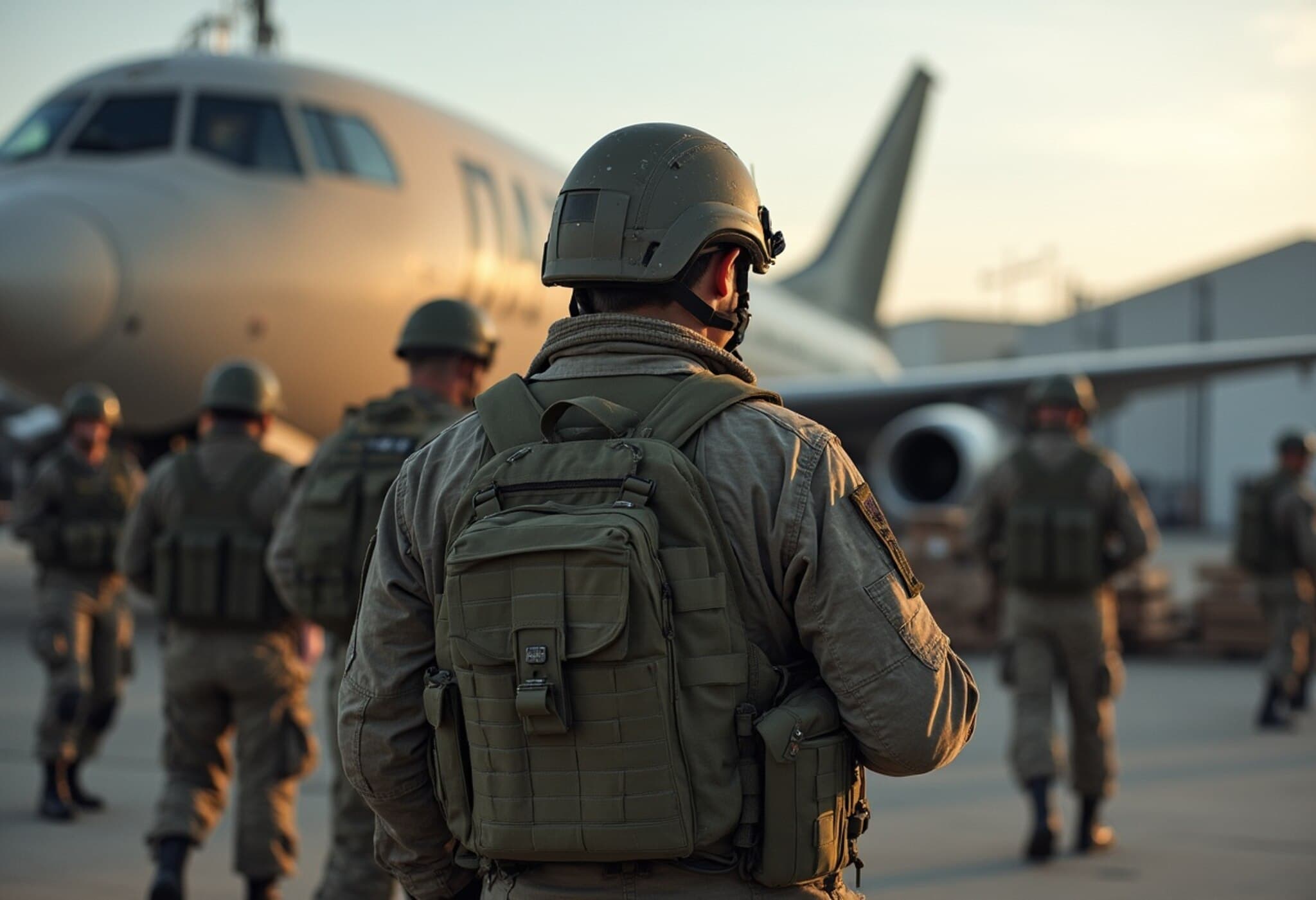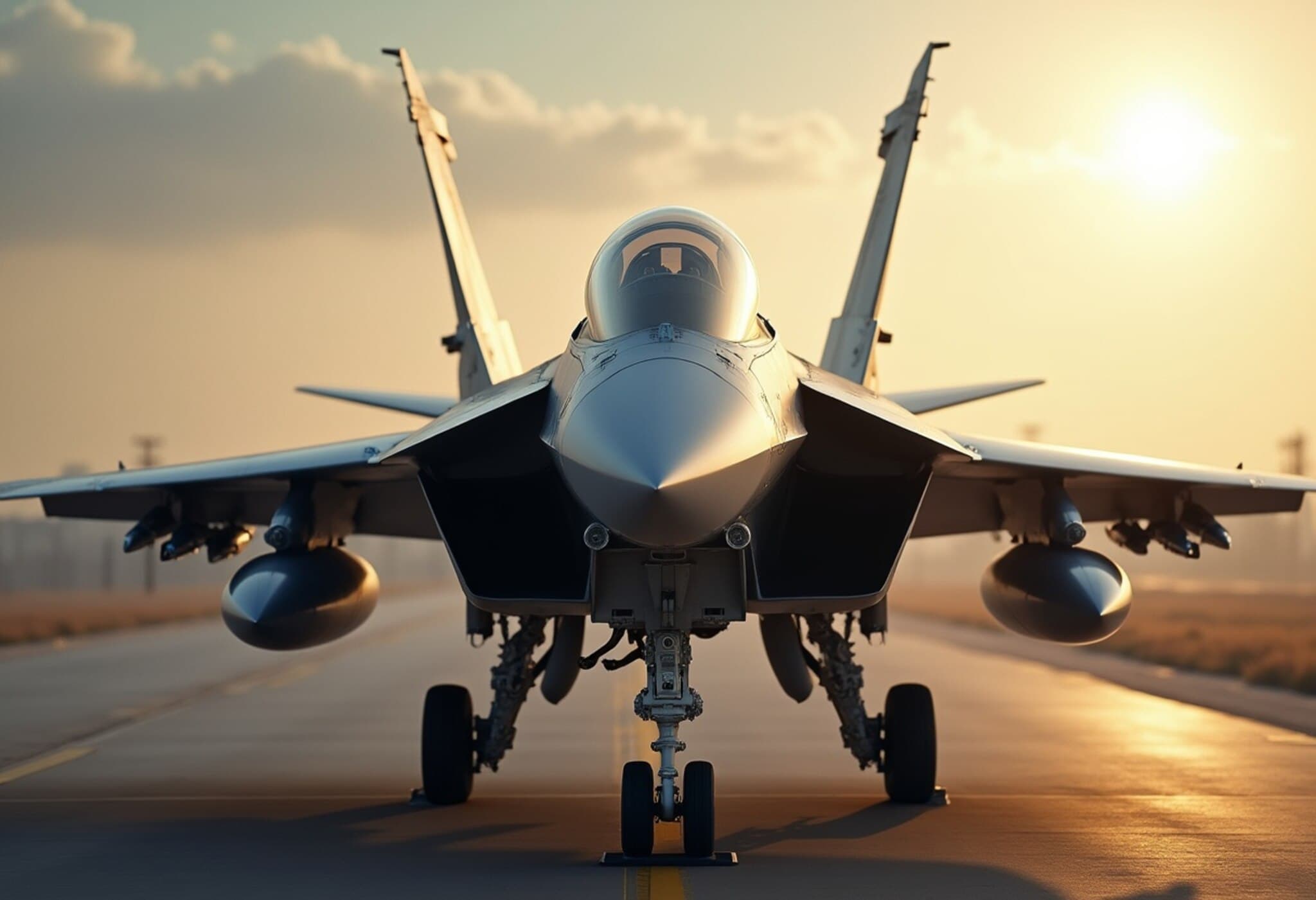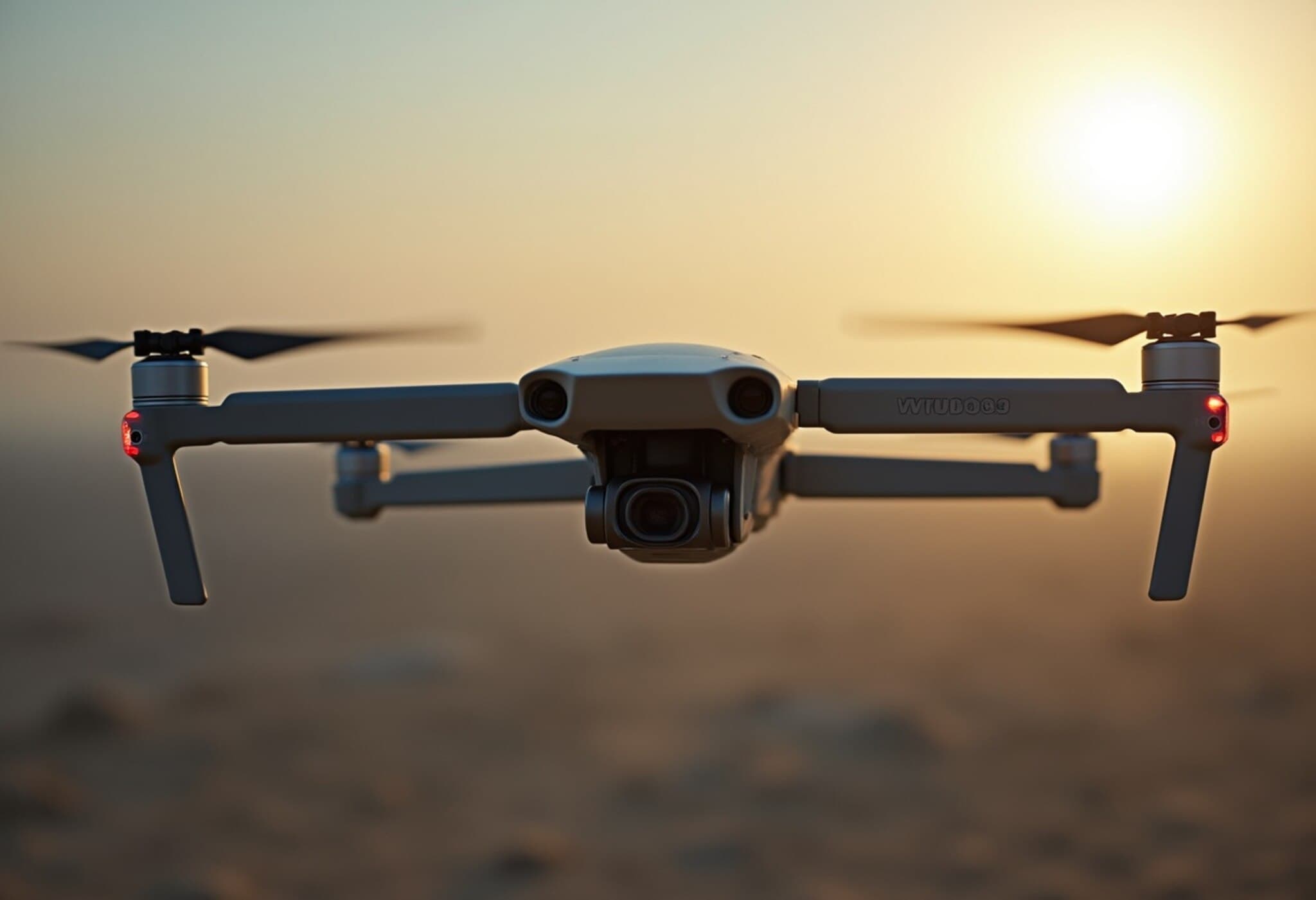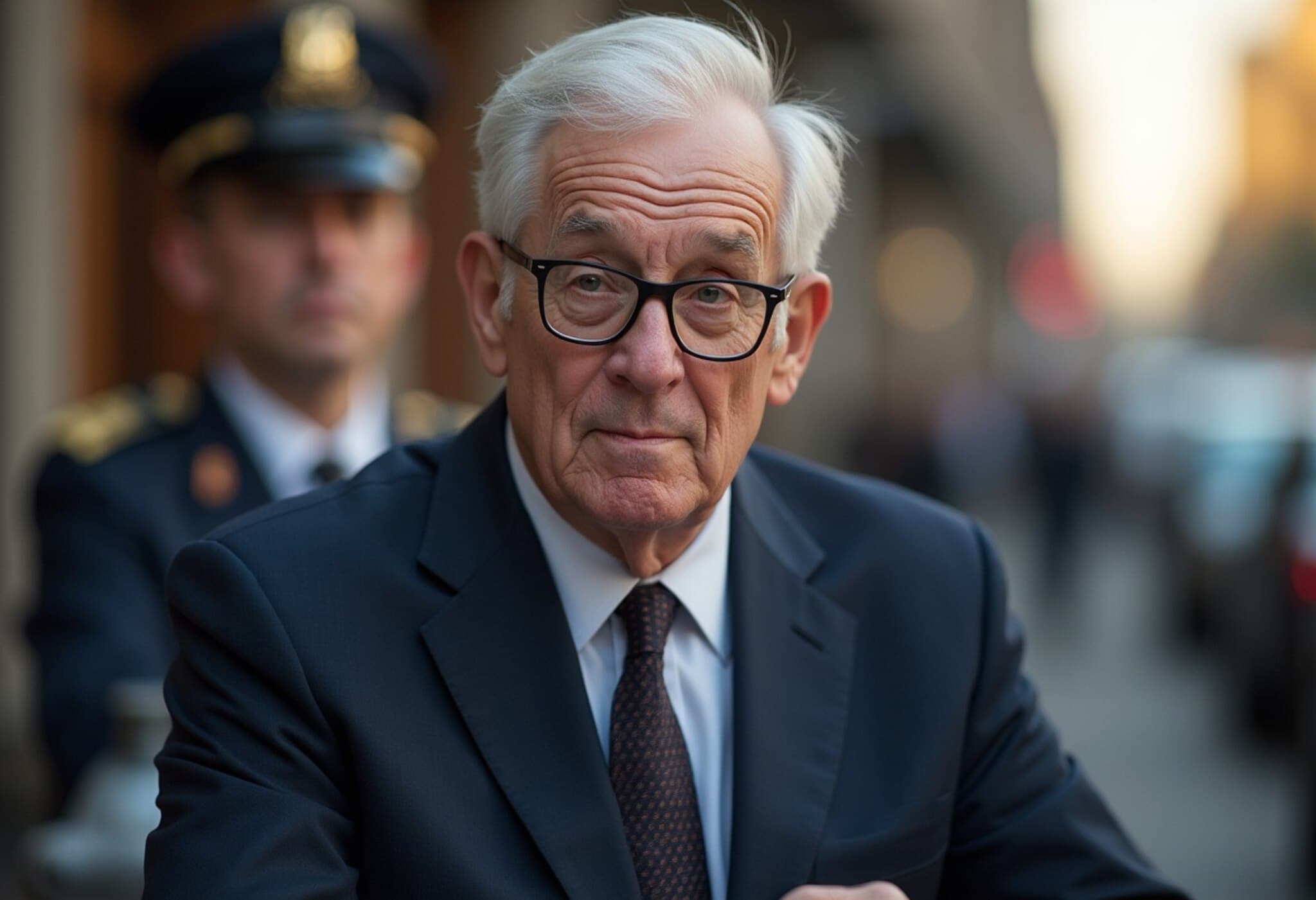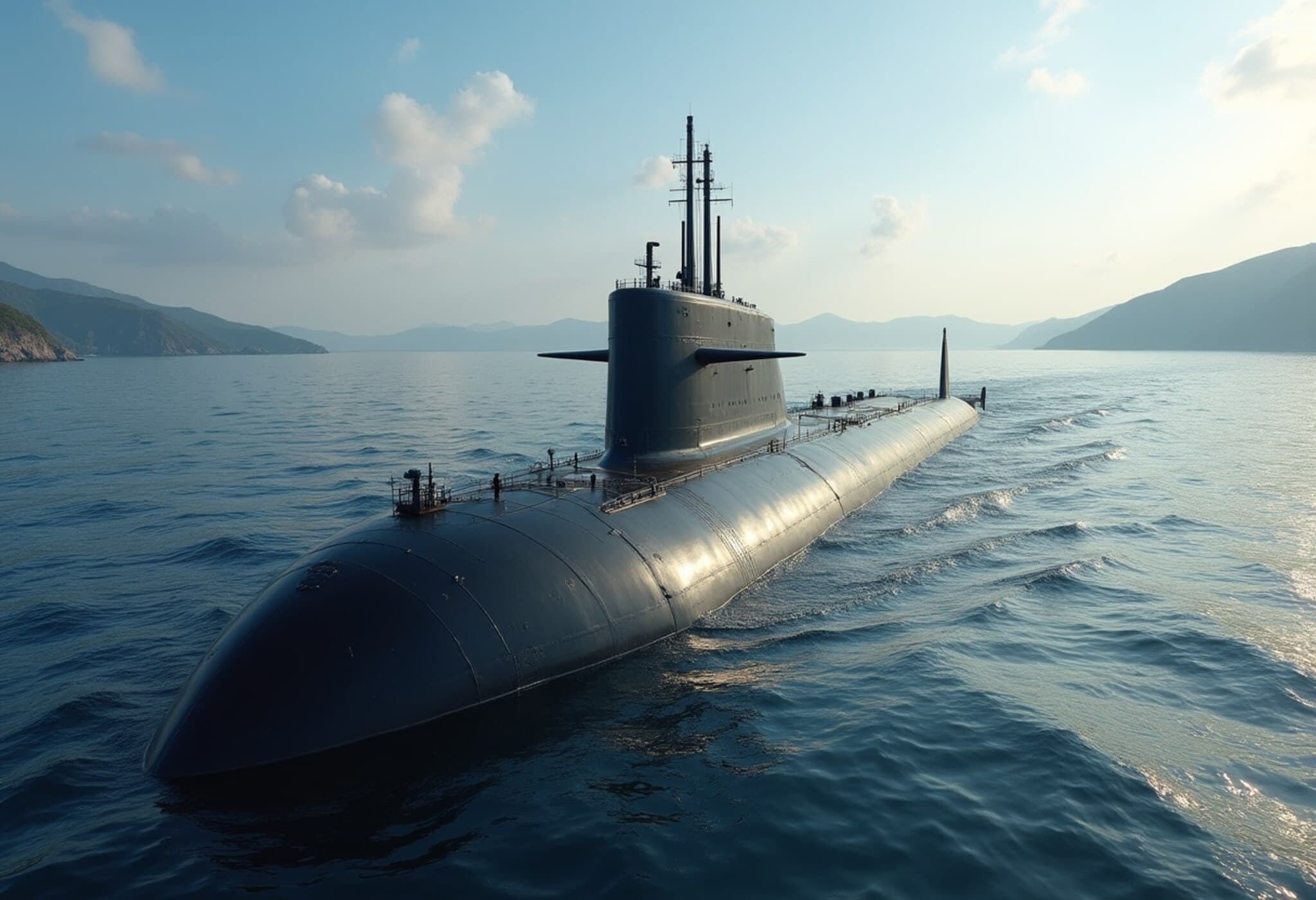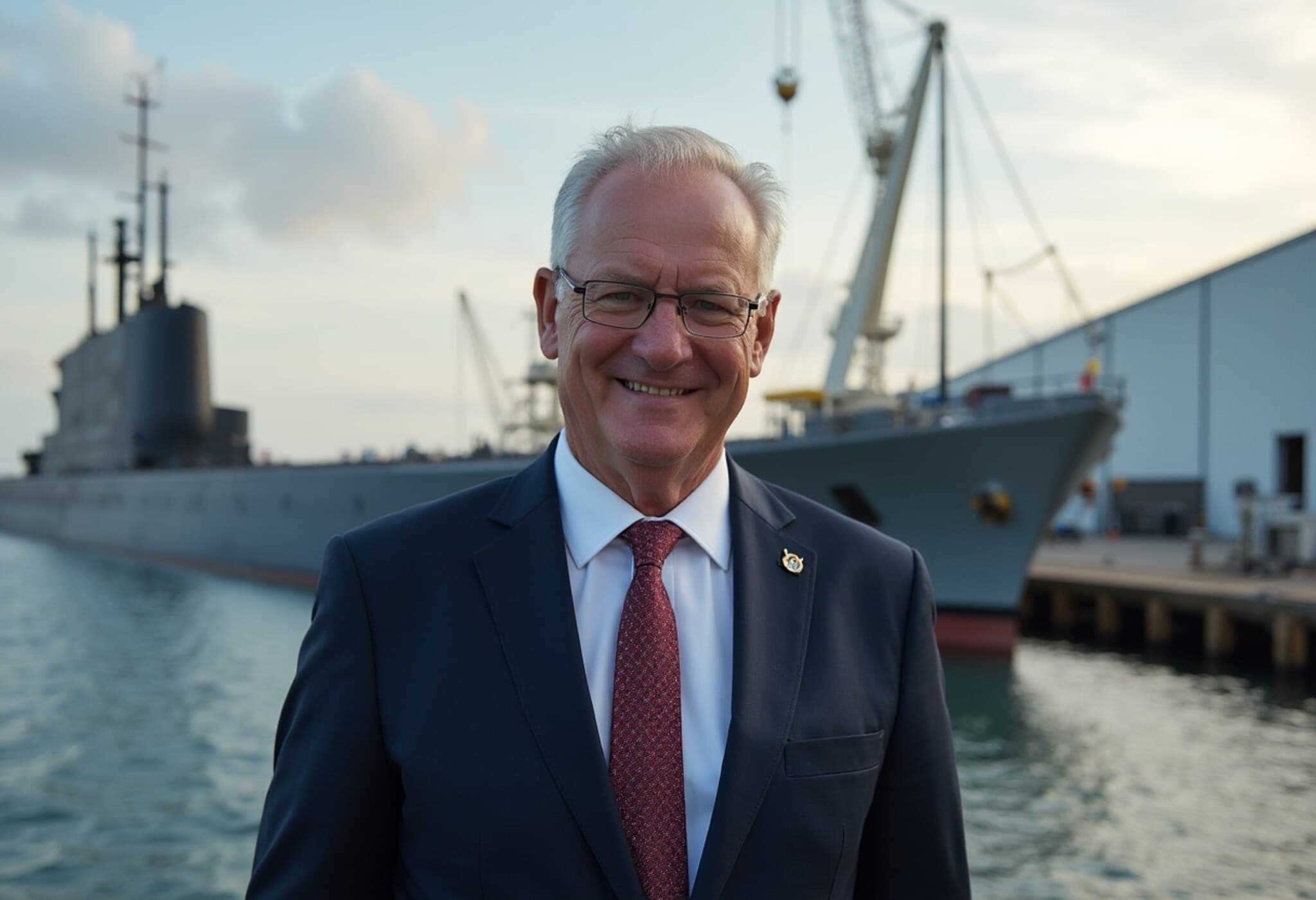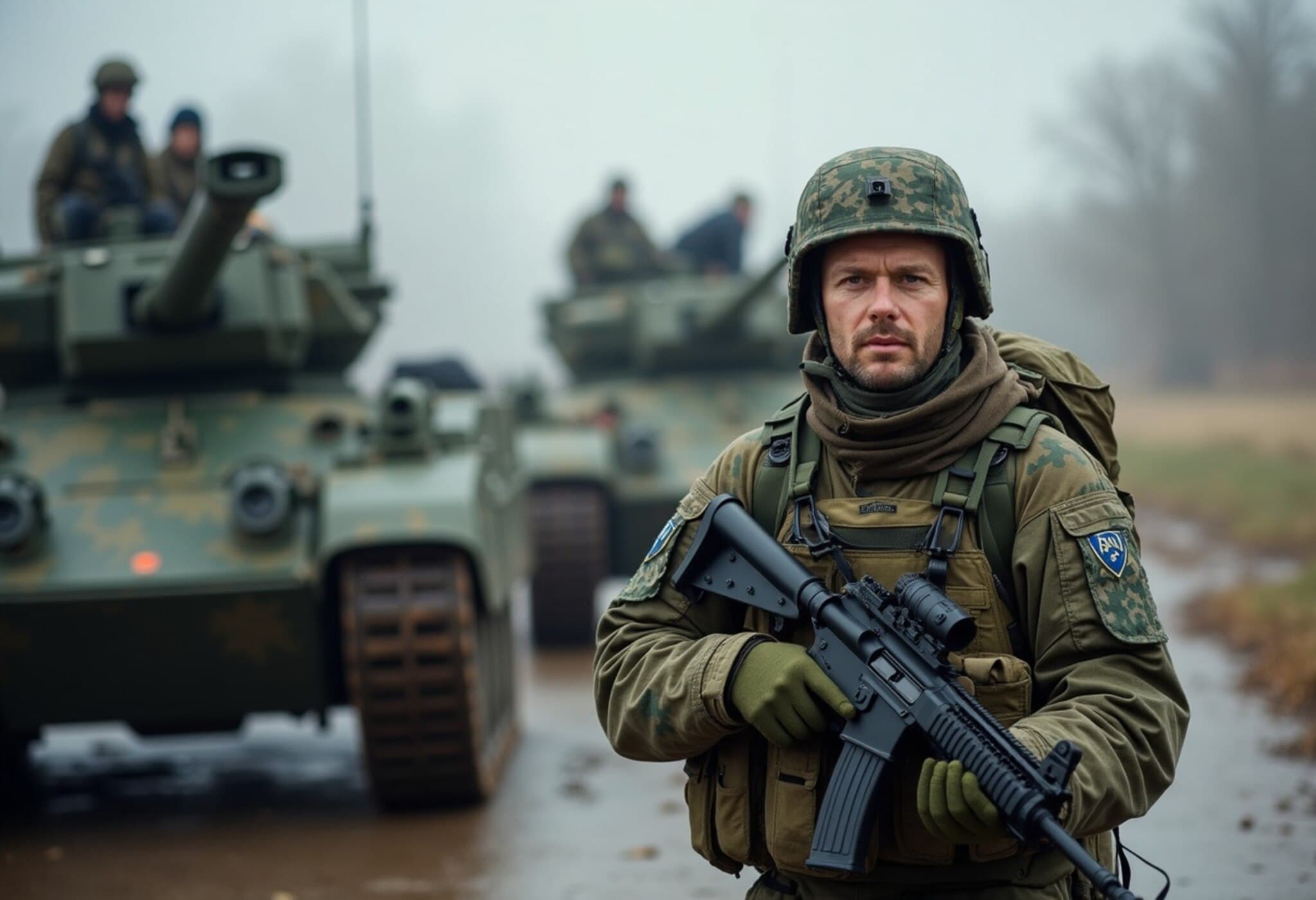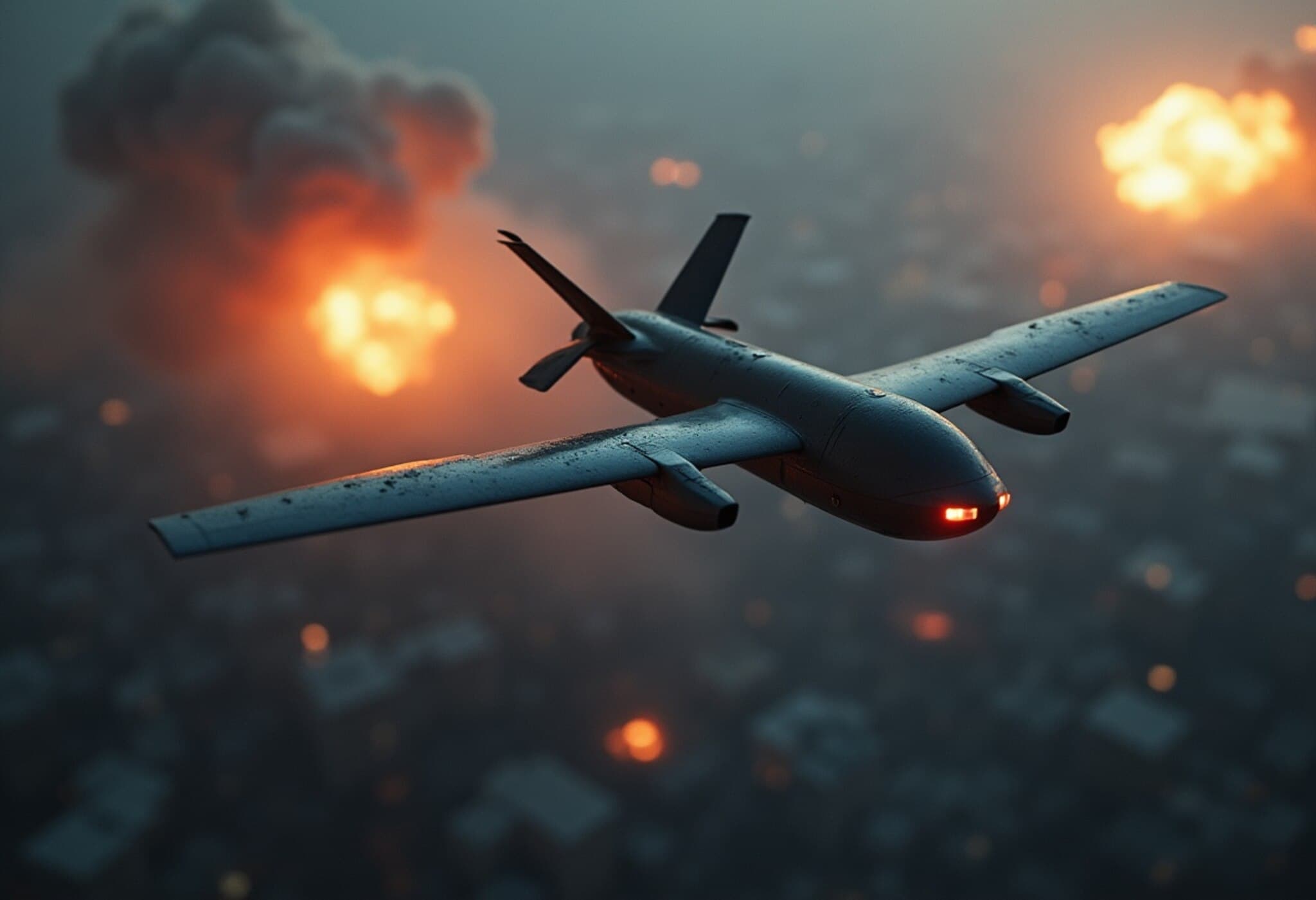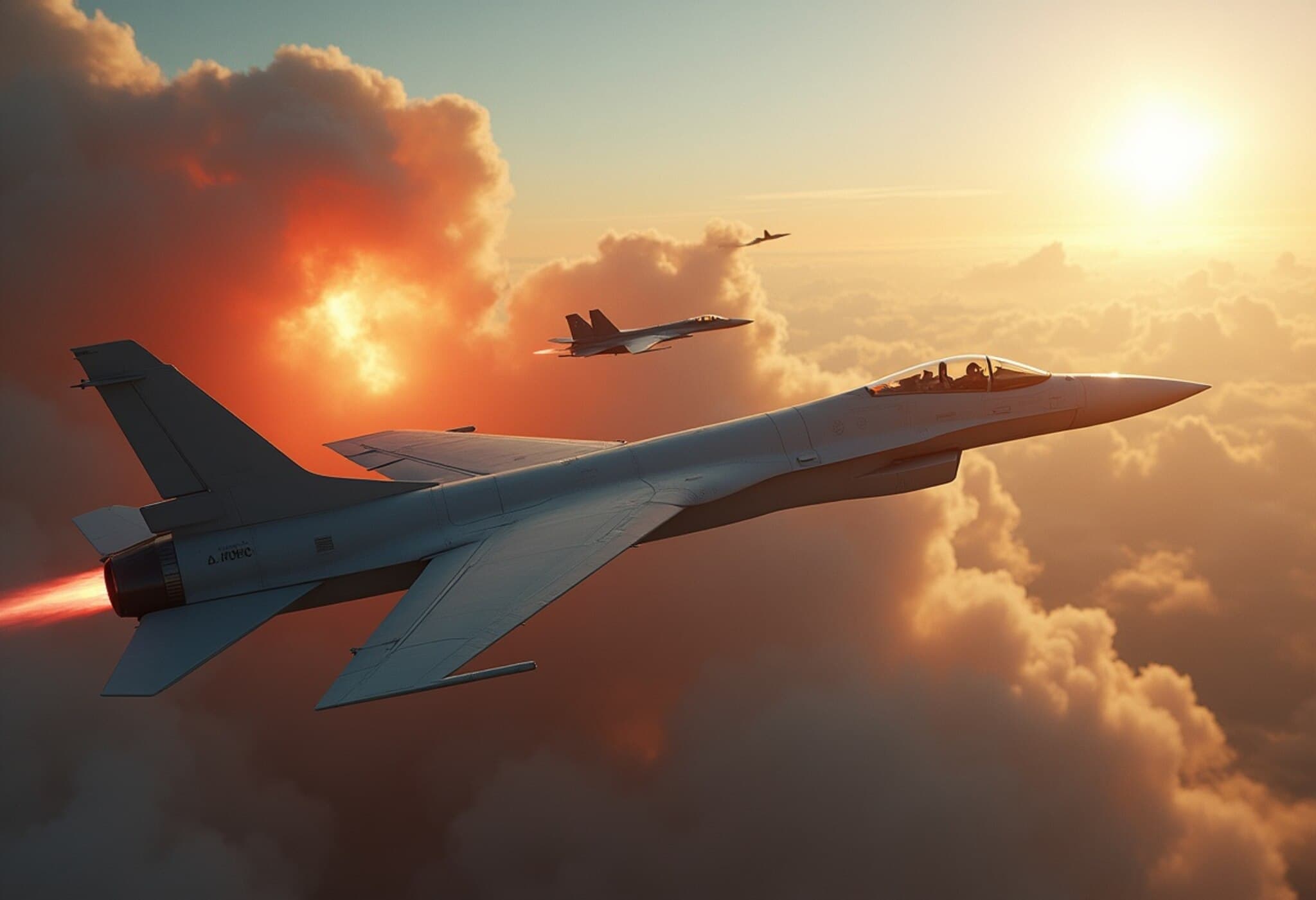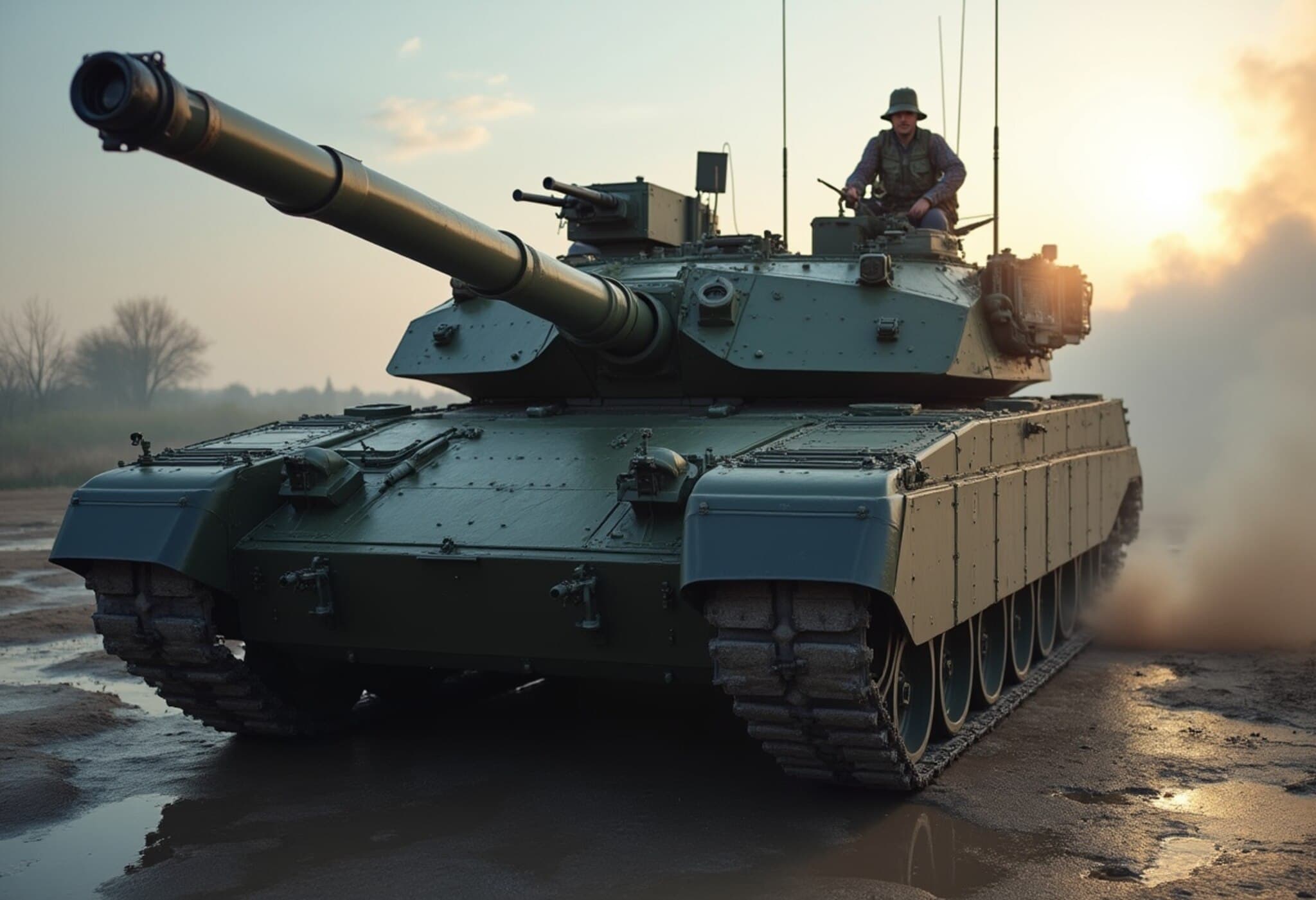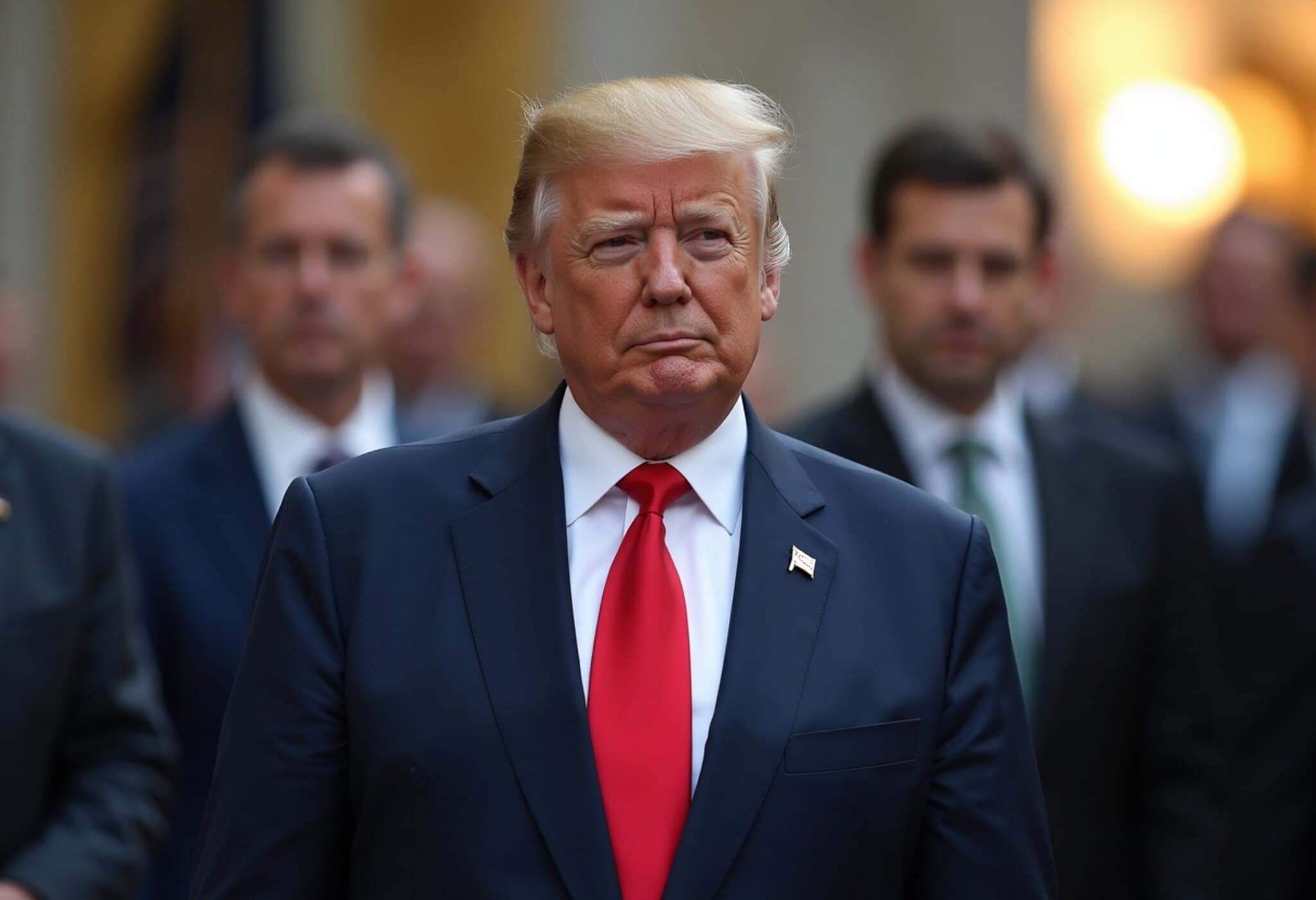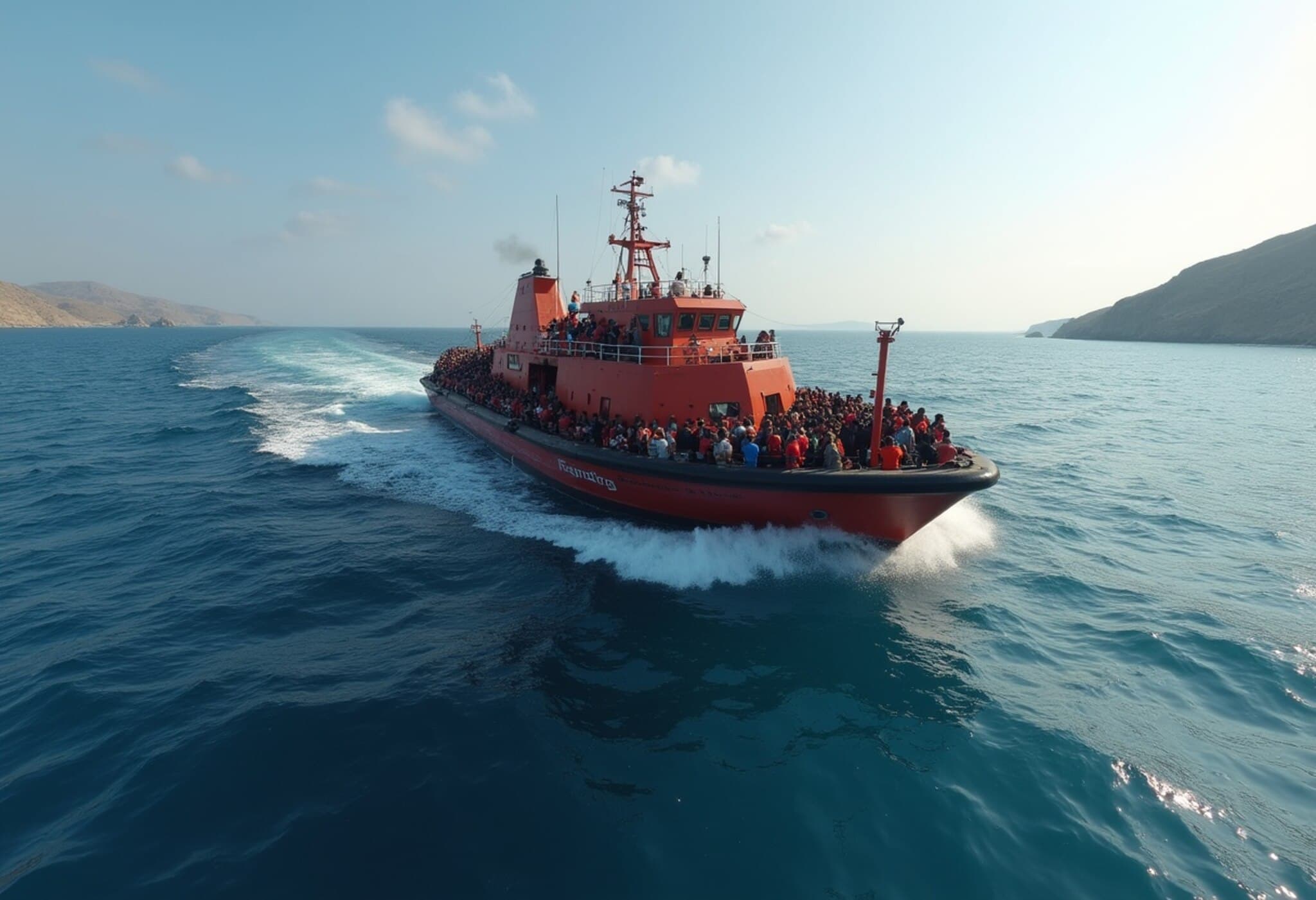Germany Unveils $500 Million Military Support Package for Ukraine
In a decisive move underscoring Western solidarity, Germany announced on August 13, 2025, a fresh tranche of military assistance to Ukraine valued at up to $500 million. This support will be funneled through a newly established NATO supply line, designed to streamline and coordinate delivery of critical defense equipment amid the ongoing conflict sparked by Russia's invasion.
Collaborative Effort Among NATO Allies
Germany’s announcement highlighted a cooperative framework involving several Western allies to meet Ukraine’s urgent military needs. While Germany did not disclose the exact partners involved, this initiative follows on the heels of robust NATO coordination efforts earlier this month, signaling a strategic pivot to enhance logistical efficiency for supplying Kyiv.
Recent contributions across NATO members include the Netherlands’ pledge of air defense systems and ammunition valued at approximately €500 million ($582 million), and a joint Nordic coalition—comprising Sweden, Denmark, and Norway—committing roughly $500 million worth of air defenses, anti-tank weapons, and spare parts. Germany’s move thus intertwines with a broader network of Western assistance, amplifying the scale and scope of military aid to Ukraine.
Focus on Countering Russian Air Assaults
Both Germany’s Foreign and Defense Ministries emphasized that this aid package prioritizes “critical air defense capabilities.” This priority directly addresses the persistent threat Ukraine faces from Russian air strikes, which continue to devastate urban centers and cause significant civilian casualties.
According to United Nations data, over 12,000 civilians have lost their lives due to Russian strikes in areas behind the active front lines. Germany’s targeted investment in air defense seeks not only to bolster Kyiv’s capacity to defend its population but also to shift the balance in the air war, which has been pivotal to Russia’s ongoing military strategy.
Logistics and Timelines
The German authorities plan for two shipments of equipment to be dispatched in the coming month, predominantly sourced from the United States. Notably, the Nordic countries’ aid package is expected to arrive slightly later, likely in September, indicating a phased and coordinated deployment of military supplies.
This NATO-led supply chain operates on a demand-driven basis, where Ukraine delineates battlefield priorities, and Allies locate and deliver the necessary weaponry and support. This efficient resource pooling reflects the evolving mechanisms NATO member states are adopting to sustain Ukraine’s defense effort.
Germany’s Growing Commitment
Since Russia launched its full-scale invasion in February 2022, Germany has emerged as one of Ukraine’s leading supporters, having already pledged or delivered military support amounting to about €40 billion ($47 billion). This latest $500 million commitment is a further testament to Germany’s proactive stance in bolstering European security and deterring aggression.
Expert Insights and Broader Implications
This new development serves as a barometer of Western resolve, especially as the conflict stretches into its third year. German Chancellor and defense strategists recognize that maintaining Ukraine’s air defense capabilities is critical not just for immediate tactical advantage but also to safeguard civilian lives and infrastructure vital for Ukraine’s eventual recovery.
Moreover, the enhanced NATO supply line symbolizes a significant logistical innovation in wartime support, reflecting lessons learned from earlier months when delays and inconsistent deliveries hampered aid effectiveness. By institutionalizing coordinated delivery channels, NATO members are reinforcing the alliance's unity and operational effectiveness in supporting Kyiv.
From a U.S. policy perspective, Germany’s reliance on American-sourced equipment underlines the transatlantic interdependency in military logistics—a dimension that continuously shapes diplomatic and budgetary decisions in Washington.
Unanswered Questions and Future Watch Points
- Who exactly comprises the group of Western allies collaborating with Germany, and how might this coalition evolve as the conflict persists?
- How will this and other military aid packages influence the negotiating dynamics in ongoing peace talks or potential ceasefires?
- What measures are in place to ensure that supplied equipment is used effectively and protected from potential capture or diversion?
Editor’s Note
Germany’s pledge of $500 million in military aid through a new NATO supply line reflects a pivotal moment in the West's sustained commitment to Ukraine’s defense. It underscores not only the strategic importance of modern air defenses amid ongoing Russian aggression but also the alliance’s adaptability in coordinating complex international military assistance. Readers should consider how such collaborative logistics might shape the broader geopolitical landscape in Europe and beyond, raising questions about future conflict resolution and the durability of international defense partnerships.

